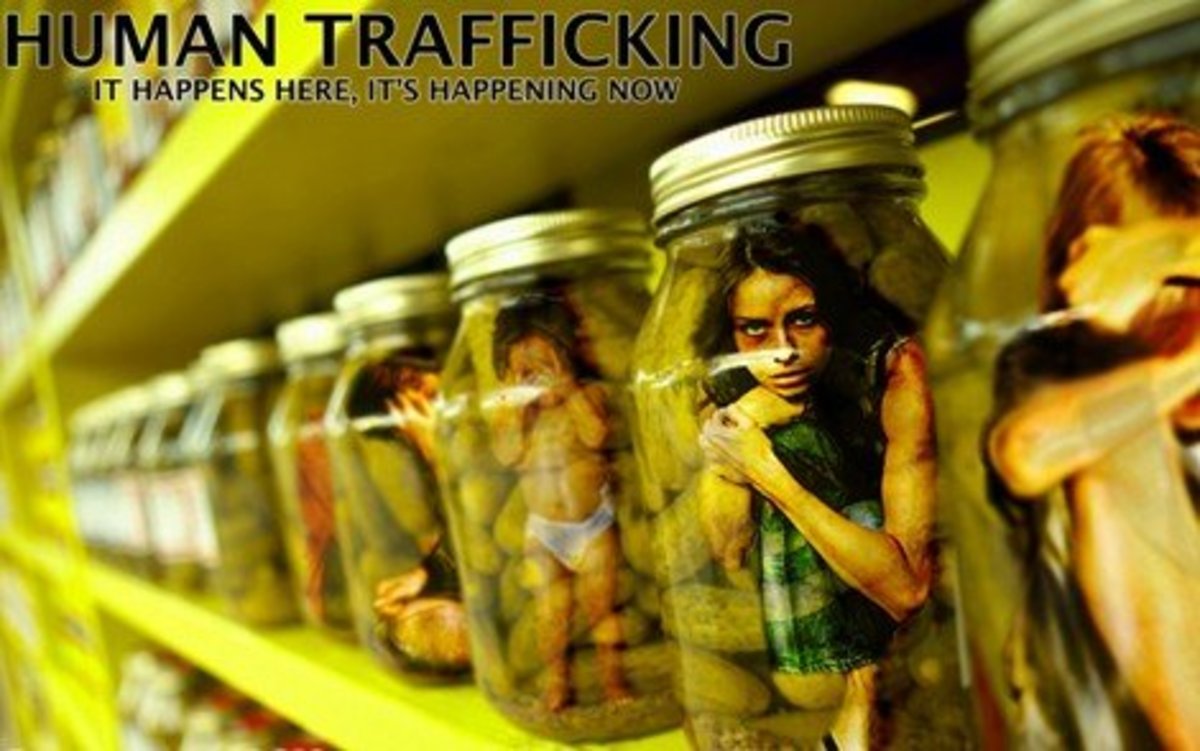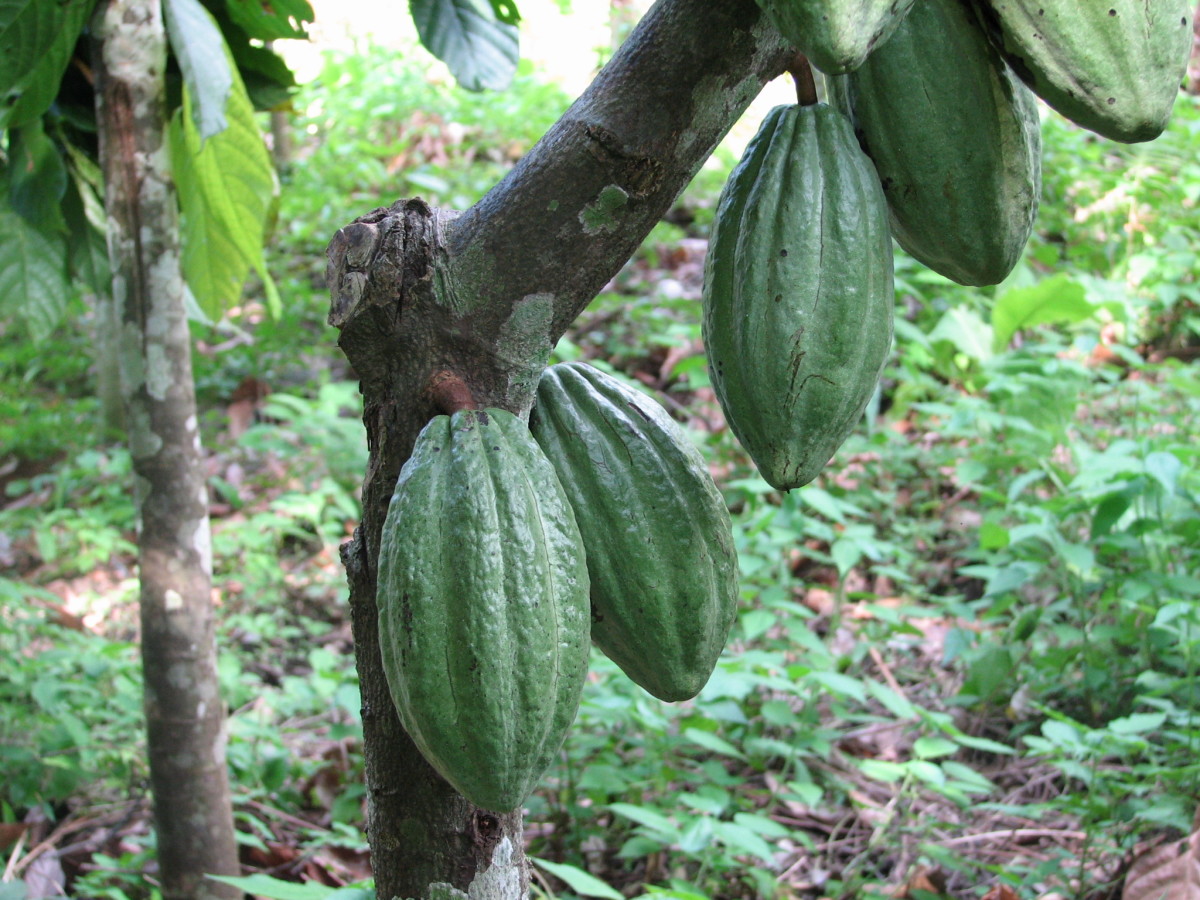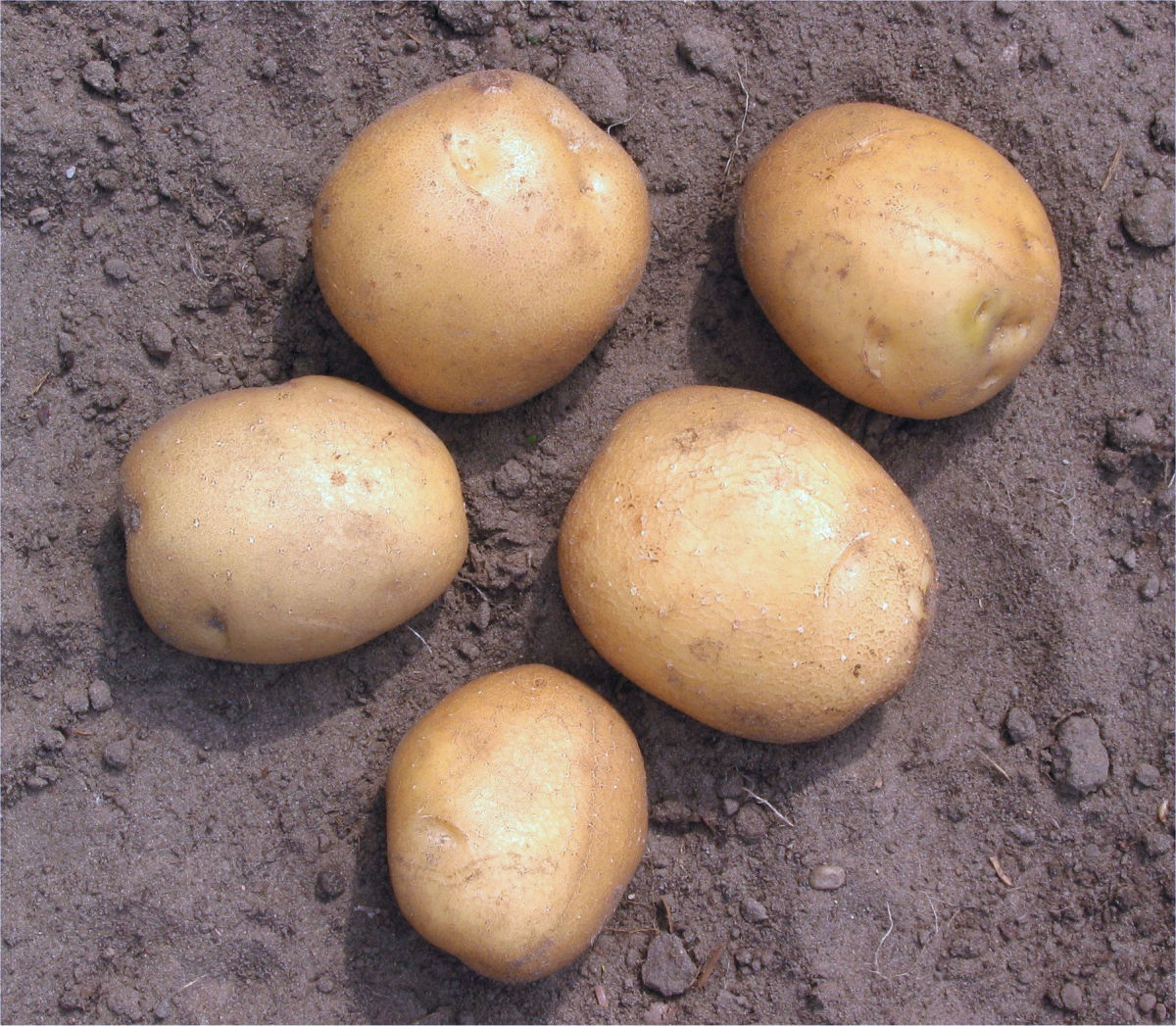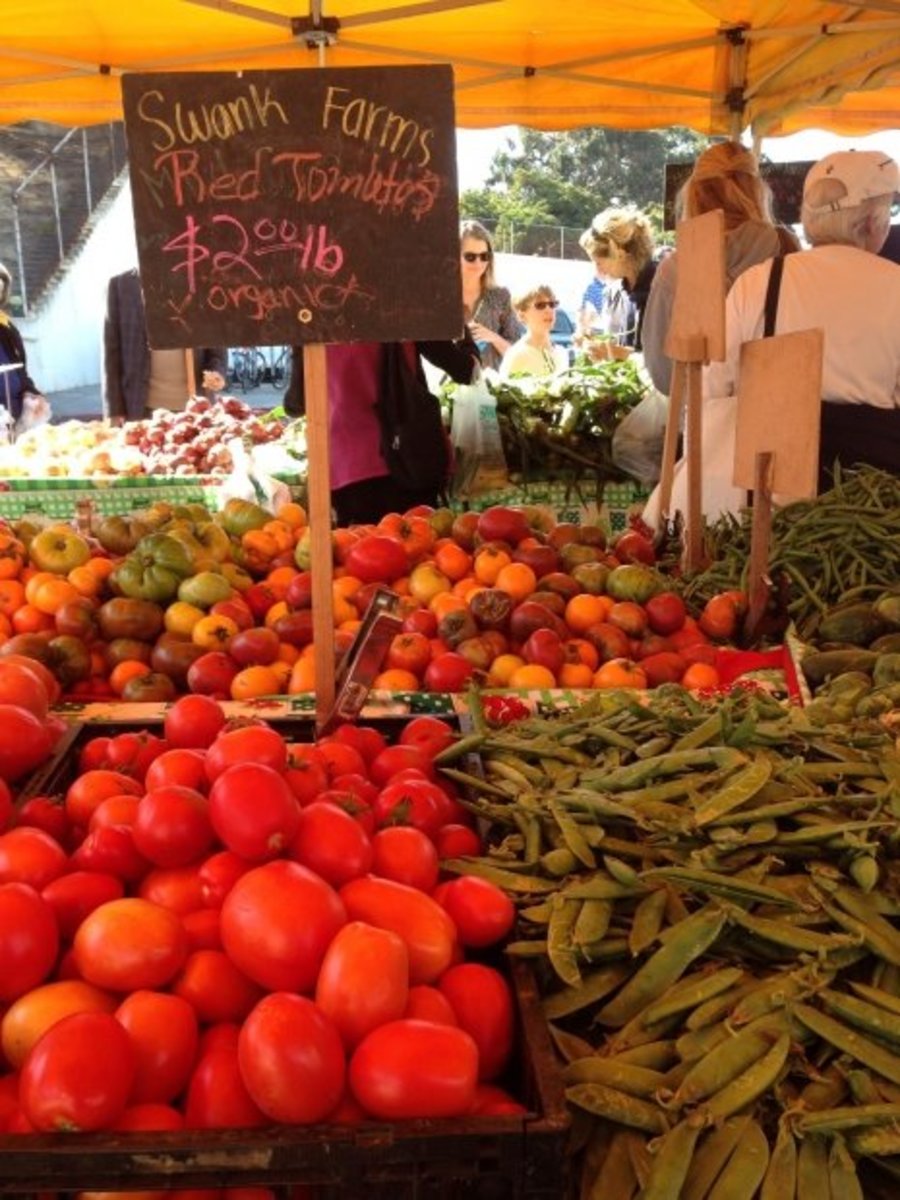Human Trafficking in the Seafood Industry
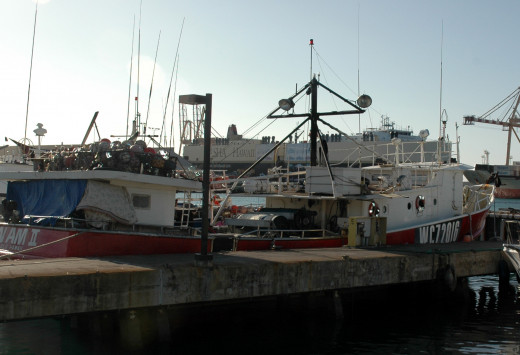
A business notorious for poor labor practices is the garment manufacturing sector in Asia. While it has probably one of the worst reputations, there are a lot of other places where methods like illegal, child, and forced labor as well as human trafficking take place on a daily basis. One of those industries is the fishing industry.
Recent reports by, e.g., Reuters (‘Special Report: Thailand secretly supplies Myanmar refugees to trafficking rings’, Dec. 4 2013) or the “International Labour Organization” (‘Good Labour Practices programme for addressing child labour and forced labour in Thai fisheries industry launched’, Sept. 17 2013), etc., mention exploitation of (many times illegal) migrants in Thailand. They come primarily from its bordering countries Myanmar, Cambodia, and Laos. Those stories slowly raise awareness of poor labor practices especially at the front end of a very complex supply chain.
This does not mean that Thailand is the only country forcing people into slavery and labor. However, according to statistics done by Humanity United and Accenture Thai seafood industry in 2011, Thailand is the leading shrimp exporter. It thus represents an immense job market and - together with the unstable political situation in the region - breeding ground for illegal labor.
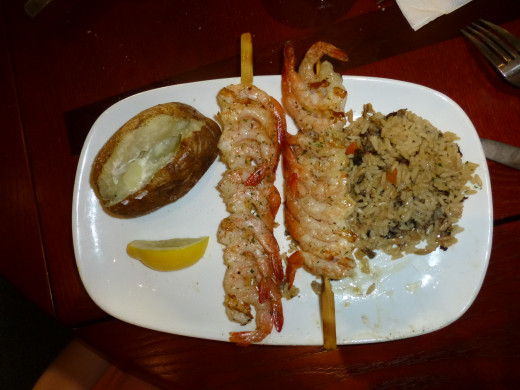
What is being done
Those evolving news result in growing awareness in the United States, which is the largest importer. About a third of US shrimp imports come from Thailand.
Fortunately, more and more being involved in the fisheries industry become less indifferent towards where and how to get the cheapest seafood supply. Together with growing consumer awareness this should put some pressure on the exporting side to control production.
However, this is complicated endeavor. The fisheries industry is very labor intense and has a long and complex supply chain, which makes it lack transparency. The front-end of this chain include steps like catching, transshipping, trading at-sea and on shore (which mixes supplies from different boats with potentially different labor conditions), peeling, sorting, and packing and processing for various markets. Every single step of this front-end zone is most likely to involve human trafficking or other inhumane practices and needs to be controlled. And just at the beginning of the supply chain, the situation is the hardest to tackle.
Measures to shine more light on the whole flow of supplies have to be a joint effort of exporters, importers, and the government.
First steps are being made in Thailand itself, where in September 2013 the ”Good Labour Practices (GLP) programme” was kicked off. It contains guidelines for improving labor standards in the Thai seafood industry and provides training programs. Support comes from Thai government officials, numerous representatives of the fishing industry and Trade Unions.
Furthermore, in November 2013, eight Thai fishery associations together with Thailand government agencies formed the Thai Fishery Producers Coalition (TFPC). They signed a declaration of intent to take action against illegal labor practices. It consists of four key points, basically committing to measures to establish fair labor standards and to labor laws.
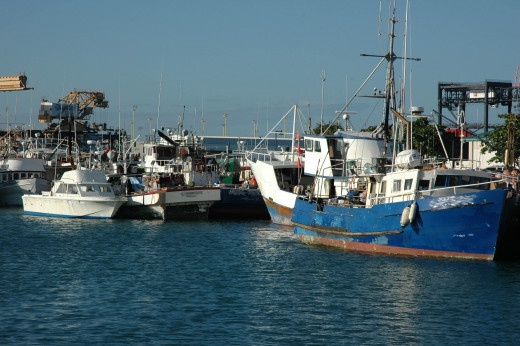
Labor-Safe Screen project
A current project is targeting human trafficking at this hard to reach end of the supply chain. The Sustainability Incubator, a private company based in Hawai’i, joined forces with the Humanity United foundation and launched the pilot phase in January 2014. The project investigates ten popular seafood export products like shrimp, tuna, and crab (more info can be found on their website sustainability-incubator.com) and gathers information about the flow of supplies.
The plan is to create a diagnostic tool, where seafood users can enter particular product information which is stored in a database. Evaluating those product data, the program then produces a map of the supply chain, highlighting potentially illegal points. It also gives recommendations on how to make their products more labor-safe.
It takes dedication and immense insider knowledge to research social conditions as well as international cooperation and tightly knit team.
Sustainability
Implementing safe labor standards and thus improving poor social conditions can be found in the principles of certifying organizations like the “Marine Stewardship Council”. In one of their principles they define a sustainable fishery through “….. development and maintenance of effective fisheries management systems, taking into account all relevant ..., social, environmental and commercial aspects…”
One guiding principle of another certifier, the “Global Aquaculture Alliance”, requests that companies “…..shall coordinate and collaborate ... to achieve environmental, economic and social sustainability of aquaculture operations…”
These certifiers focus on all aspects to reach sustainability in the fishing industry. They are known primarily for their initiatives to stop overfishing with unsustainable methods that is severely depleting marine life and taking its toll on ocean habitats. However, efforts to improve fishery industries must be comprehensive and take into account several point of views, like social (fair labor conditions) and environmental aspects.


